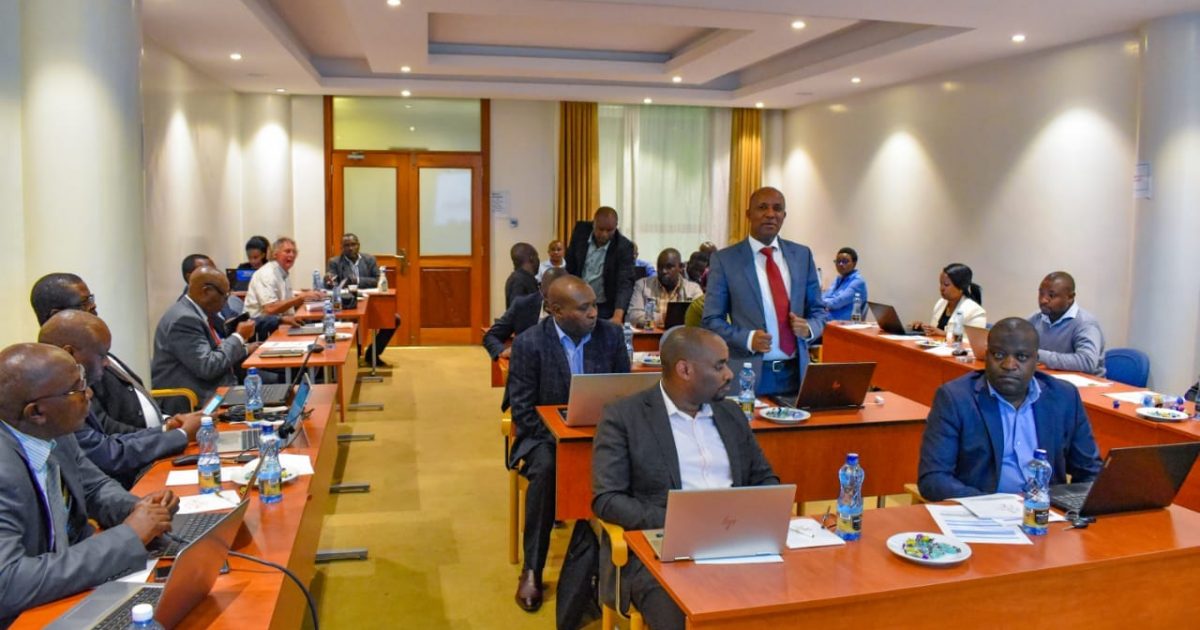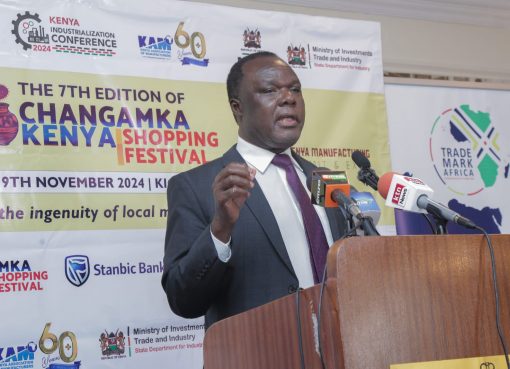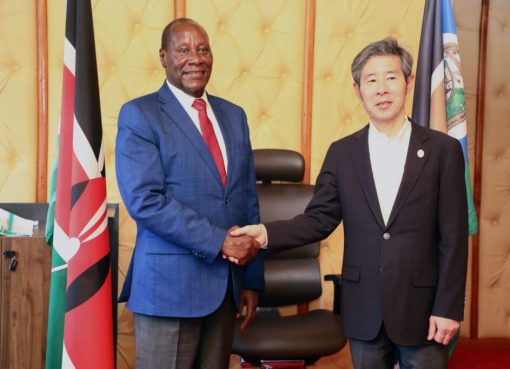Nakuru County Government has invested in new technologies including new modern pipelines and advanced metering solutions (Smart meters) to reduce non-revenue water generated from its three Water Service Providers (WSPs) to reduce water wastage and enhance the economic sustainability and viability of water utilities in the County.
Non-Revenue Water (NRW) refers to water lost through illegal connections, inefficient or rundown supply infrastructure and malfunctioning meters.
Water Services and Regulatory Board (WASREB) defines levels of Non-Revenue Water of under 20 percent as good, 20-25 as acceptable and over 25 per cent as not acceptable.
County Executive in charge of Water, Environment, Energy, Natural Resources and Climate Change, Dr Nelson Maara regretted that the country was losing about 430,000 cubic metres of water, equivalent to Sh12.2 billion, per year due to unnecessary wastages and said the County government intended to reduce the Non-Revenue water levels from an average of 54 per cent to 20 per cent which will help fix inefficiencies in water supply systems and save a huge portion of public finance.
Dr Maara said a Non-Revenue Water (NRW) audit revealed that the three Water Service Providers lose more than half of their treated drinking water to leaks, theft and meter inaccuracies, resulting in monthly losses of over Sh40 million and resulting to scarcity of the commodity.
He however said plans were underway to rehabilitate and upgrade old wastewater treatment, water supply and sewerage systems managed by the three water providers including Nakuru Water and Sanitation Services Company Ltd (Nawassco), Nakuru Rural Water and Sanitation Company Limited (Naruwasco) and Naivasha Water, Sewerage and Sanitation Company Ltd (Naivawasco), a move he said was aimed at ensuring safe and adequate water supply, hygienic sanitation and good water management which are fundamental to public health.
“Depressed water supply has been linked to economic and health challenges and fixing the water demand and supply gap will reduce production costs and spur investment and job creation,” said Maara.
He added that the county government was planning to initiate a scheme to provide affordable water to residents by installing pre-paid meters in high density areas.
Making his presentation during a two-day induction workshop for WSPs and stakeholders within the sector at a Nakuru hotel, Dr Maara voiced Governor Susan Kihika’s commitment to fostering public-private partnerships in the water and sanitation subsector to help bridge the financing gap as well as fast-track investments to accelerate the realisation of the water for all goals.
The workshop themed ‘Legal and institutional framework for water services’ attracted participants from Water service providers run by county governments and the private sector and was jointly organised by the Water Services and Regulatory Board (WASREB), County Government of Nakuru and Vision 2030.
The World Health Organisation (WHO) estimates that sub-Saharan Africa loses an equivalent of four percent of its GDP as a result of inadequate water supply and sanitation. Part of this being made up of the heavy disease burden occasioned by diseases linked to water and sanitation challenges.
At the same time, Dr Maara said they were focusing on ground water mapping to ensure every person has access a good sanitation system to help protect groundwater from pollution.
He noted that the 4 decade-old County sewerage system was buckling under the pressure of increased industrialization, urbanisation and a growing population and posed a pollution threat to underground water and the Lake Nakuru Biodiversity.
According to the CECM the sewerage system covers only about 30 percent of Nakuru City whose households generates about 300 million liters of waste water daily adding that there was need to put in place a modern and efficient wastewater management system which will take into account the recycle and reuse concept and enhance separation of storm water and wastewater from residential areas for appropriate filtering and safe disposal.
He expressed concern that most of the waste water ends up in rivers and main water sources downstream, putting residents at risk of contracting waterborne diseases like typhoid, dysentery and cholera.
“We intend to expand the sewerage system to various estates in Nakuru city which have for long been relying on alternative methods of waste disposal, including septic tanks”, he assured.
A significant number of estates in the city, including posh ones, are not linked to the sewer system. They include Bismarck, Kenya Industrial Training Institute (KITI), Kiamunyi and Ranges View, which adjoins the affluent Milimani.
On water shortage, Dr Maara revealed that among the projects they had lined up to alleviate water shortage in Nakuru are the last mile water pipe connectivity to rural households from Itare Dam once its construction resumes and the expansion of Turasha Dam in Gilgil to bolster water supply to Gilgil sub-county and Nakuru Town.
He urged private sector players to also leverage their skills and efforts to holistically help improve access to sanitation to save groundwater from contamination.
The national government, through various agencies, has developed a number of policies to promote the enjoyment of the right to “clean and safe water in adequate quantities and to reasonable standards of sanitation” as stipulated in Article 43 of the Constitution.
Kenya has an ambitious national water master plan with 2030 targets. It also has its eye on the Sustainable Development Goal number six, on clean water and sanitation. So far, Kenya scores 52 percent in implementation of integrated water resources management as a component of the sixth Sustainable Development Goals.
By Esther Mwangi and Charloth Chepkemoi





